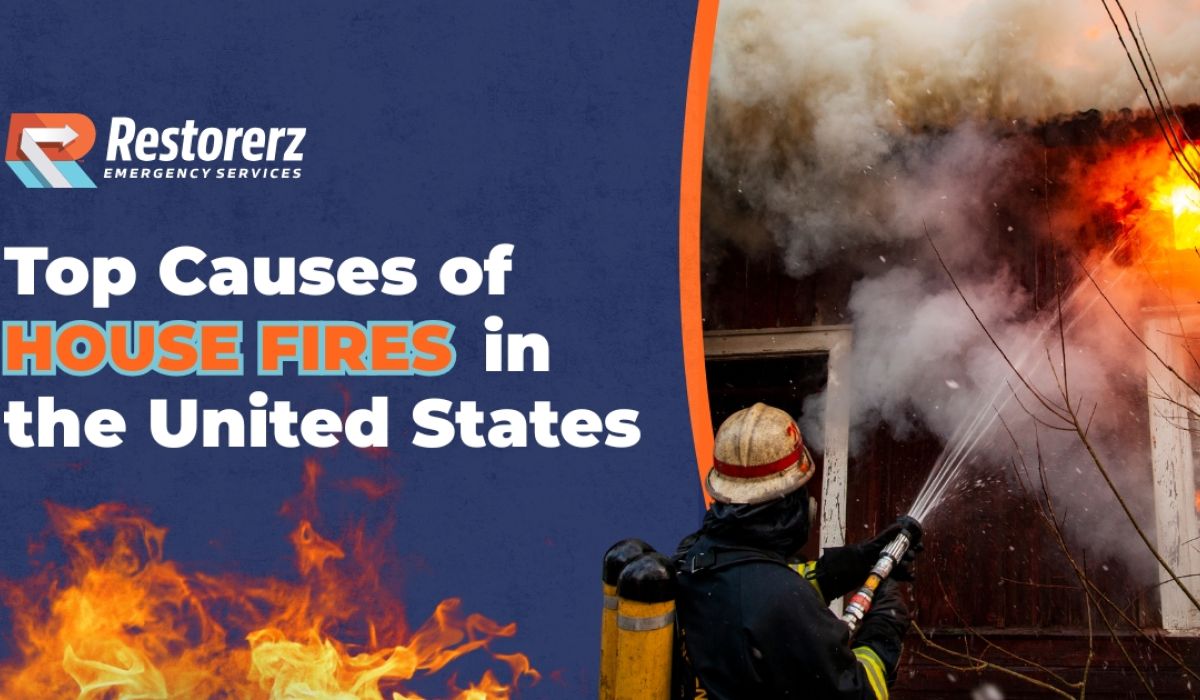Should Carpet Be Replaced After Water Damage: Safety Tips

CEO, Restorerz Emergency Services
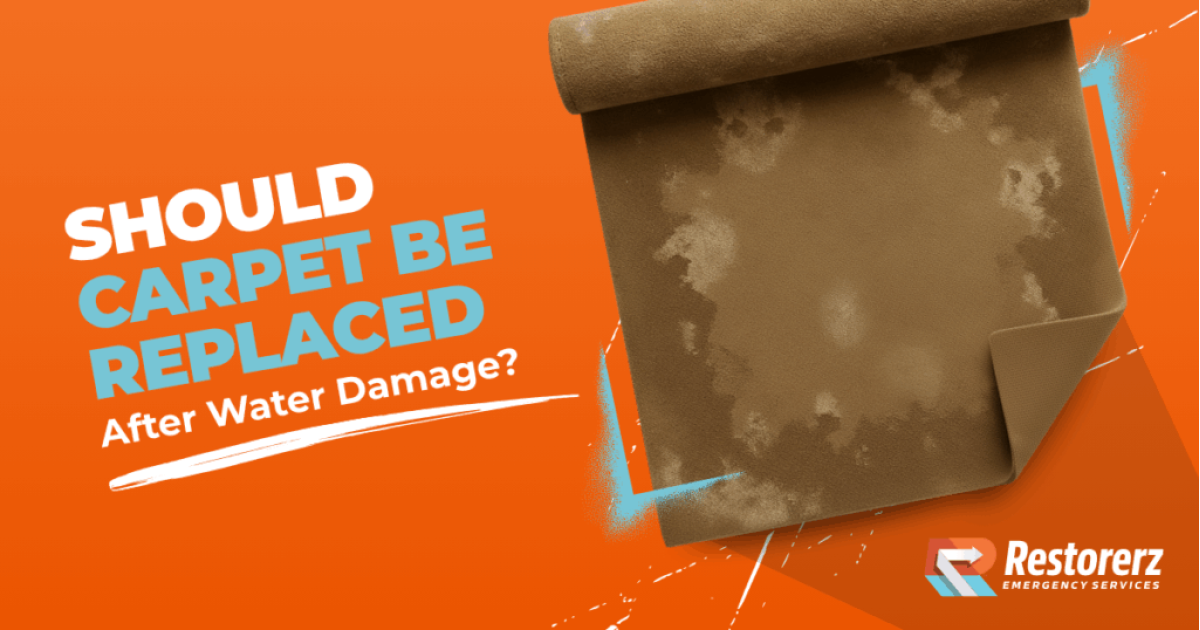
If you’ve experienced flooding in any capacity, you might be wondering what to do after getting water damage on a carpet. Any flooding or water damage can potentially cause hazardous health conditions and costly damage to your property, which means any excess water in your home requires professional water cleanup. While the process for removing water from hardwood or tile floors may seem simple, many homeowners wonder what their options are if they’ve sustained damage to their carpets.
Instead of wondering how to appropriately clean water from your carpeting, rely on a trusted water damage restoration company in Los Angeles that knows how to remove excess water and provide high-quality water damage restoration services. Keep reading to discover important safety tips and answers to all of your water damage-related questions.
How Water Damage Affects Carpets
The most common problem that homeowners experience after water damage to carpets is mold growth, which can lead to negative health symptoms. Here are some of the other most common risks associated with flooding and water-damaged carpet in your home:
- Potential mold (both black and white) and mildew growth
- Headaches and sinus problems
- Exacerbated asthma symptoms
- Stagnant water that could turn into contaminated water
- Structural damage to organic materials
- Creates an ideal environment for mosquitoes and other pests
- Damaged subfloors and foundation
All of these symptoms can arise if you neglect your wet carpet. To best prevent further damage, hire a water remediation professional to get the job done efficiently.
When Do You Need To Replace Water-Damaged Carpet?
No one wants to spend the money on new carpeting unless they really need to, which often leads to homeowners trying to get around replacing their carpet after flood damage. To determine whether your carpet needs replacement, ask yourself a few key questions:
- How much water entered the carpet? The more water, the more likely the carpet needs to be replaced.
- How long did the water stay on your carpet? Mold and mildew start to grow on untreated carpet after about 72 hours. If your situation is within this window, you may be able to prevent mold and salvage the carpet.
- Where did the water come from? A flood of clean water has very different implications than a sewage backup or outdoor floodwaters.
- Can your carpets be accessed for professional carpet cleaning? If your carpet will be destroyed anyway when you try to pull it up and disinfect it, it’s time to replace it.
- What’s the general condition of your carpet? If your carpet was old and worn out before the flood, take this as your sign to replace the floor material entirely.
Other Signs Your Water-Damaged Carpet Needs Replacing
Carpet replacement is one of the most common water damage repair jobs. Most carpet materials readily absorb water, so it’s common for even a minor flood to ruin them. Look into replacing the carpet if:
- If the carpet material is delicate or high-end, many of these materials won’t be the same after water damage.
- You see any signs of mold growth or notice symptoms of mold exposure (respiratory issues, sneezing, rashes, congestion, etc).
- You suspect that the water that flooded your carpet contained pathogens or harmful bacteria (such as from sewage runoff, toilet backflow, or floodwater from outside).
If you notice any of these issues, contact a water damage restoration team near you for help. The experts at Restorerz can restore your floors and help you maximize your water damage insurance claim.
What To Do Immediately After Carpet Water Damage
If you experience flooding that saturates your carpets, there are some important safety tips you should remember for a safe and effective removal.
Hire professionals to complete water extraction
When dealing with flooding, it’s best to hire a professional water remediation company. The team at Restorerz performs expert water extraction across our service area in Gardena, Glendale, and Van Nuys, California.
Use a dehumidifier and ventilation
If your home has experienced any level of flooding, it’s important to use a dehumidifier and appropriately ventilate the area. By using a dehumidifier, you can reduce the relative humidity in the room, while ventilating helps to dry out the excess moisture left over post-flood.
Check every layer of carpeting
Another important safety tip to keep in mind is ensuring every layer of carpeting has undergone inspection. Typically, there are flooring layers underneath the top layer of carpeting, like carpet padding and subflooring. A thorough inspection of each layer of the carpeting guarantees your foundation stays dry.
Utilize sanitizing solutions
A final safety tip is to use sanitizing solutions on any areas that may have mold or mildew growth. These commercial-grade solutions actively kill mold and mildew on most surfaces that experience flood exposure.
Restore Your Floors After a Flood With Restorerz
Don’t let your water-damaged carpets ruin other parts of your home. At Restorerz Emergency Services, we provide emergency mold and water remediation services to get rid of your water damage as soon as possible. Our trained team of experts knows how to extract and treat your property with the care it deserves, guaranteeing comprehensive services that get rid of flooding the first time. Contact us today for emergency water remediation and to learn more about our services.
Frequently Asked Questions
Can you dry carpet with a regular fan?
Drying a carpet with a regular fan is better than nothing, but it’s no substitute for real carpet drying. If your carpet has been water-damaged, contact a professional with the tools to remediate it properly.
Can wet carpet cause health problems?
Yes, a wet carpet can cause many health issues. The biggest concern is mold and mildew growth, which can exacerbate respiratory conditions and allergies.
Will insurance cover carpet replacement after water damage?
If the flooding on your carpet was caused by an accidental event like a burst pipe or hose failure, insurance will likely cover carpet replacement. Your restoration team can help you maximize your claim.

![What is Green Mold [Comprehensive Guide]](/wp-content/themes/yootheme/cache/ef/Restorerz-What-is-Green-Mold-1200x630-10.22.2025-v1-efa9ac85.jpeg)
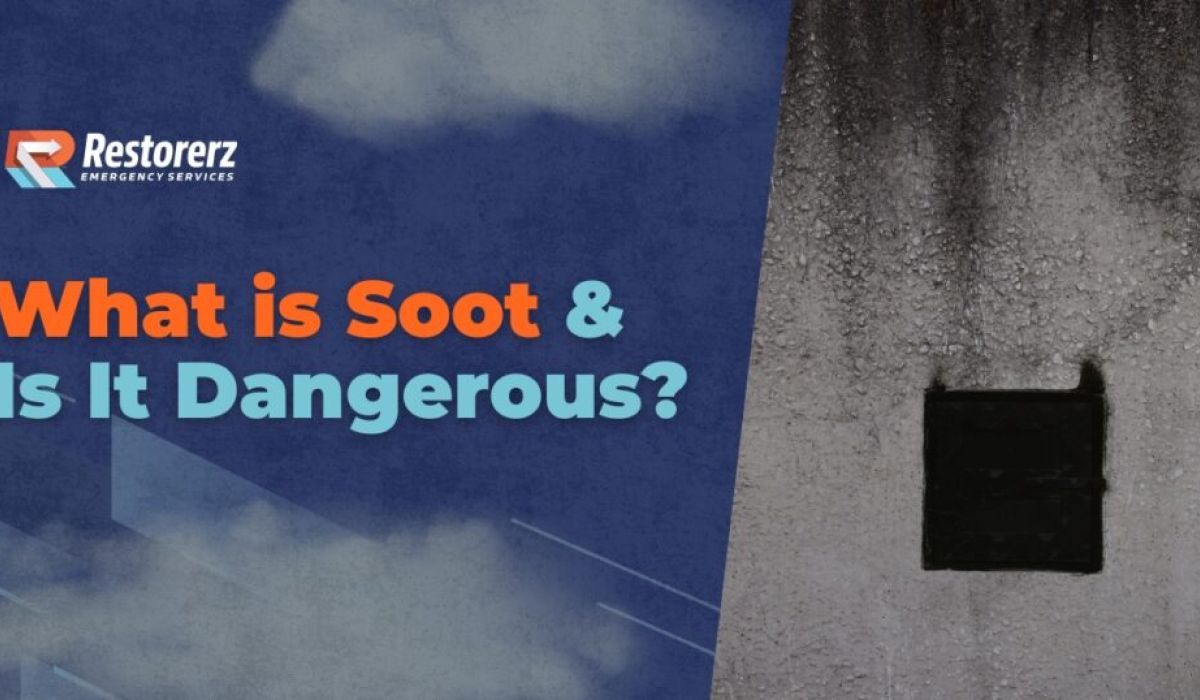

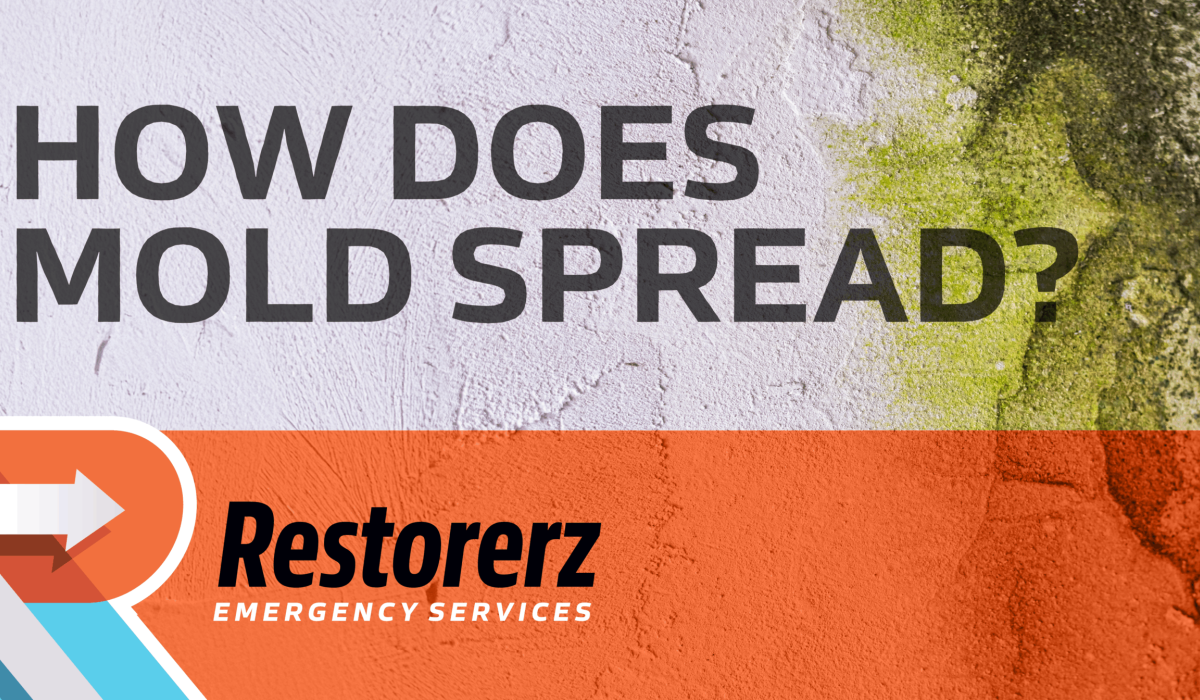
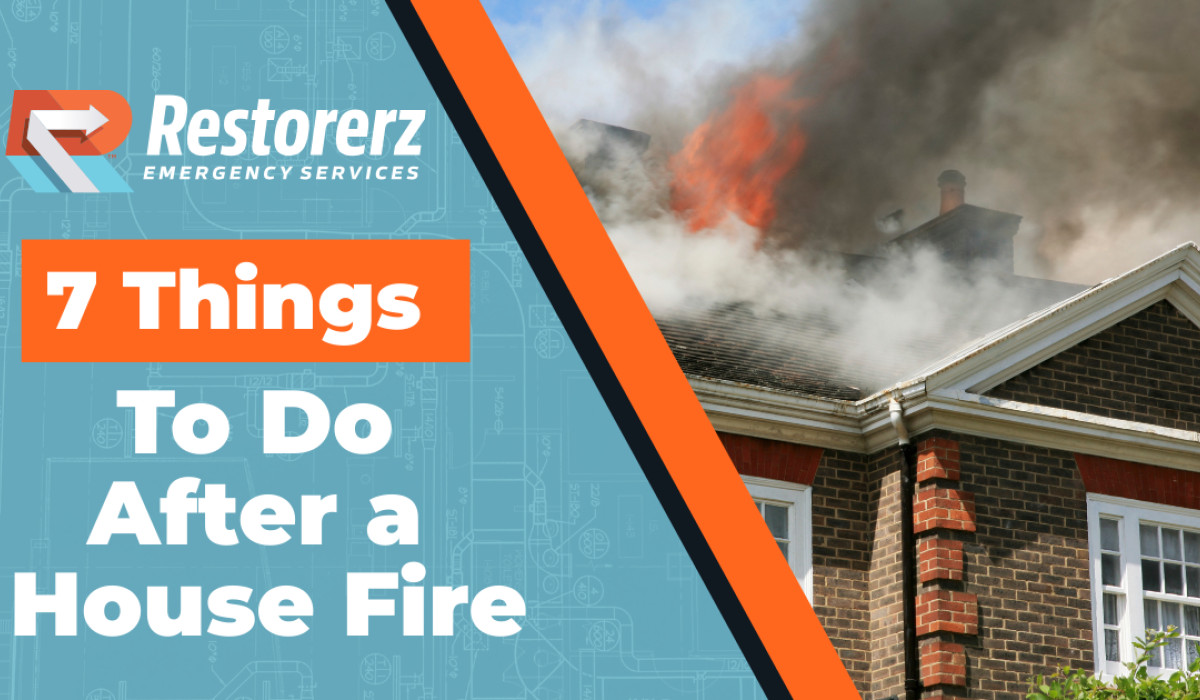

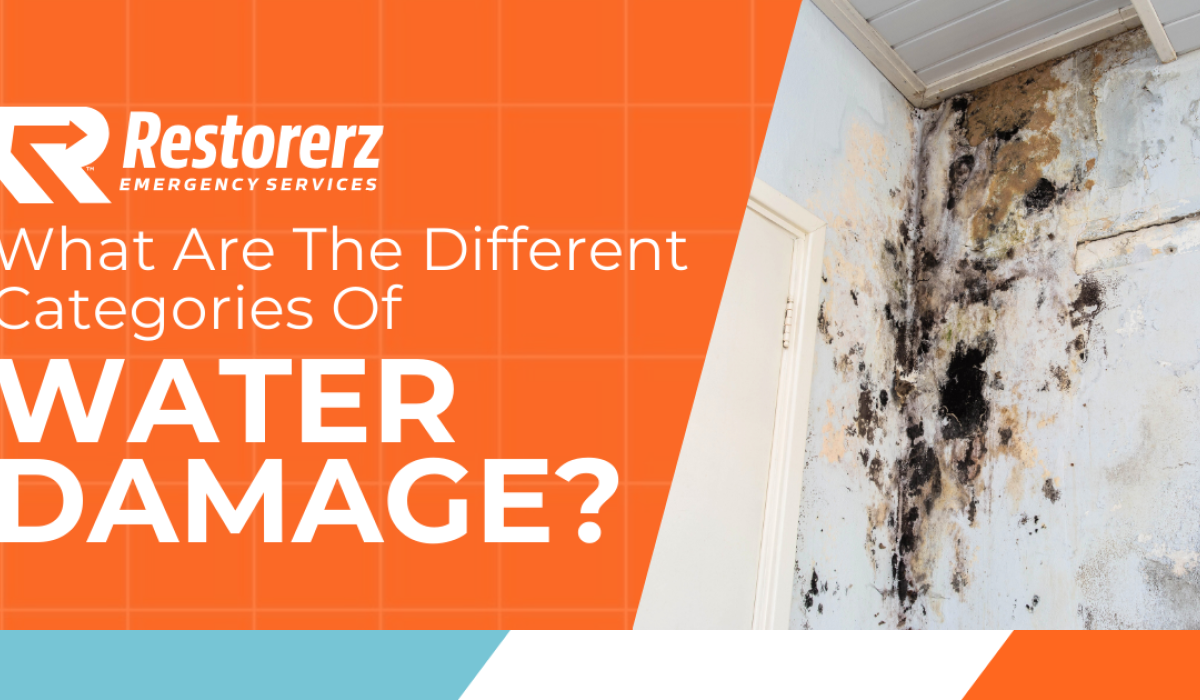

![All About Pink Mold [Prevention & Remediation Strategies]](/wp-content/themes/yootheme/cache/3a/Restorerz-Blog-All-About-Pink-Mold-Prevention-Remediation-Strategies-1-3a7c91cf.png)
